How to Choose the Right Ball Bearing Rollers for Your Application Needs
When selecting the appropriate ball bearing rollers for your specific application needs, it's essential to consider several key factors that will influence both performance and longevity. Ball bearing rollers come in various sizes, materials, and designs, each tailored to meet the unique requirements of different operational environments. Understanding the load capacity, speed ratings, and environmental conditions is crucial in making an informed choice. Additionally, the compatibility of ball bearing rollers with existing equipment can significantly affect overall efficiency and reliability. This guide aims to provide a comprehensive overview of the considerations and steps necessary to identify the right ball bearing rollers for your application, ensuring optimal performance and durability in your machinery or equipment.
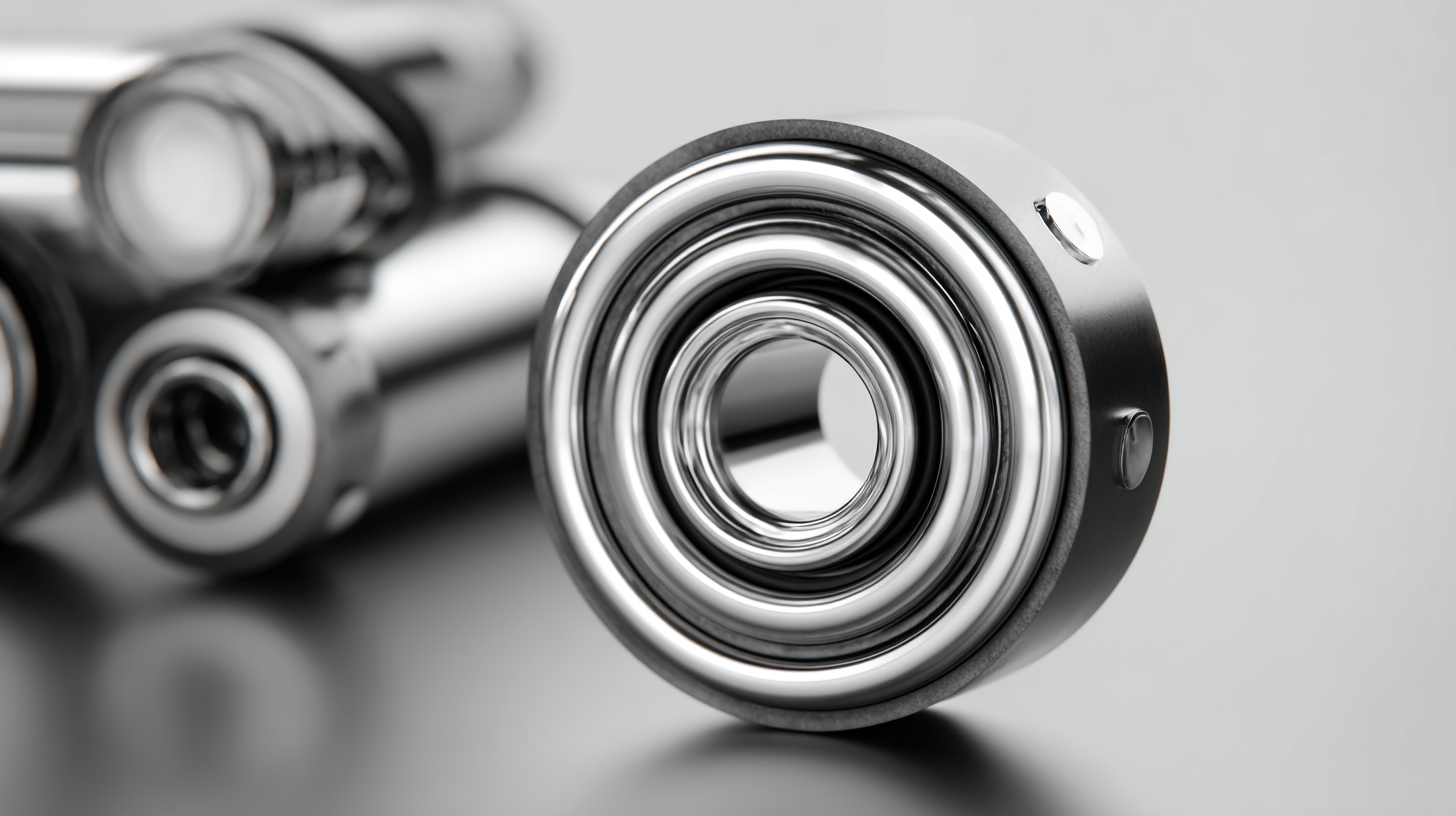
Identifying Your Application Requirements for Ball Bearing Rollers
When choosing the right ball bearing rollers for your application needs, it’s vital to first identify your specific application requirements. Factors such as load capacity, speed, and environmental conditions play a crucial role in determining the appropriate type of bearing. For instance, front wheel applications typically utilize angular-type ball bearings, which accommodate both axial and radial loads effectively. Moreover, recent advancements in bearing technology, such as the development of full ceramic ball bearings like Si3N4, have demonstrated remarkable adaptability under extreme conditions, including cryogenics and heavy loads.
The bearings market is experiencing significant growth driven by the expansion of the automobile industry, which is projected to boost demand for specialized bearings. Recent industry reports forecast that the global bearing market will climb from an estimated $171.3 billion in 2025 to an impressive $337 billion by 2035, reflecting a compound annual growth rate (CAGR) of 7%. This growth is supported by the increasing utilization of coated bearings across various applications, emphasizing the importance of selecting the right type for specific conditions to enhance performance and reliability.
Understanding Different Types of Ball Bearing Rollers Available
When selecting the right ball bearing rollers for specific applications, it is crucial to understand the various types available on the market. The global bearings market, valued at approximately USD 46.82 billion in 2024, is expected to reach USD 97.10 billion by 2030, reflecting a growing demand across various industries. This growth is driven by the need for reliable and efficient options in mechanical components, particularly rolling element bearings, which play a critical role in reducing friction and enhancing performance in applications like wind turbines, automotive systems, and industrial machinery.
Different types of ball bearing rollers cater to unique application needs. For instance, angular contact ball bearings are designed to handle both radial and axial loads, making them ideal for high-speed applications. Recent studies have highlighted the efficacy of advanced fault diagnosis methods using vibration signal analysis, ensuring that industries can maintain the integrity of these vital components. Moreover, innovations such as hub bearing units, which combine multiple bearing types into one, provide enhanced functionality and cost-efficiency. Understanding these variations allows businesses to make informed decisions, optimizing both performance and longevity of their machinery.
Evaluating Load Capacity and Performance Specifications
When selecting ball bearing rollers for your specific application, evaluating
load capacity is crucial. Load capacity indicates the
maximum weight that the rollers can safely handle without compromising their integrity or performance. Understanding
the difference between dynamic and static load ratings is essential; dynamic ratings apply during operation while static ratings come into play when
the rollers are stationary. Be sure to choose rollers that exceed your expected load to ensure longevity and
reliability.
Performance specifications, such as speed ratings and
material resistance, also play a significant role in your selection. The speed rating reflects the ability of the
ball bearing to function efficiently at certain revolutions per minute (RPM), crucial for applications requiring
high-speed operation. Moreover, the material of the rollers impacts durability and resistance to environmental
factors like corrosion and temperature fluctuations.
Tips: Always consult the manufacturer’s specifications for each roller
to match your needs accurately. Additionally, consider potential future loads and conditions when evaluating
capacity and performance. Lastly, running tests in
your specific environment can provide insights into how the rollers will perform under actual operating conditions.
Considering Environmental Factors and Operating Conditions
When selecting the right ball bearing rollers for specific applications, it is crucial to consider various environmental factors and operating conditions. Temperature fluctuations, humidity levels, and exposure to corrosive substances can significantly impact the performance and longevity of the bearings. For instance, high humidity can lead to rust formation, while extreme temperatures may cause material degradation. Therefore, understanding the operating environment is essential in ensuring optimal functionality and durability.
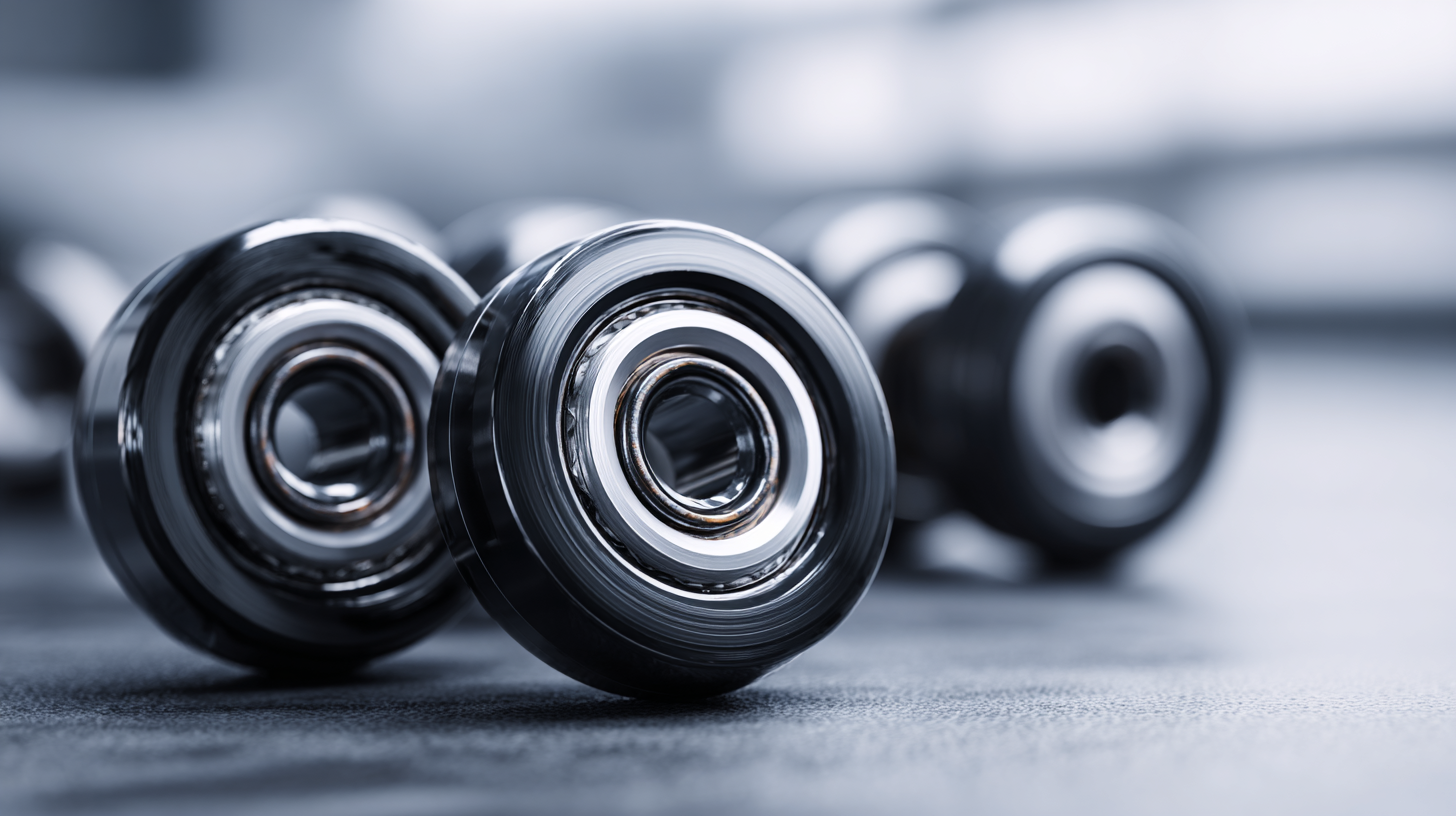
Furthermore, the load conditions—both static and dynamic—must also be taken into account. Heavy loads can lead to increased wear, necessitating the use of bearings designed to withstand such stress. Additionally, the speed at which the bearing will operate affects its choice; high-speed applications require specialized designs that minimize friction and heat buildup. By assessing these environmental factors and operating conditions, one can select the most suitable ball bearing rollers that enhance efficiency and extend the lifespan of machinery.
Selecting the Right Material and Design for Longevity
When selecting the right ball bearing rollers, the choice of material and design plays a crucial role in ensuring longevity and reliability. Common materials include stainless steel, ceramic, and nylon.
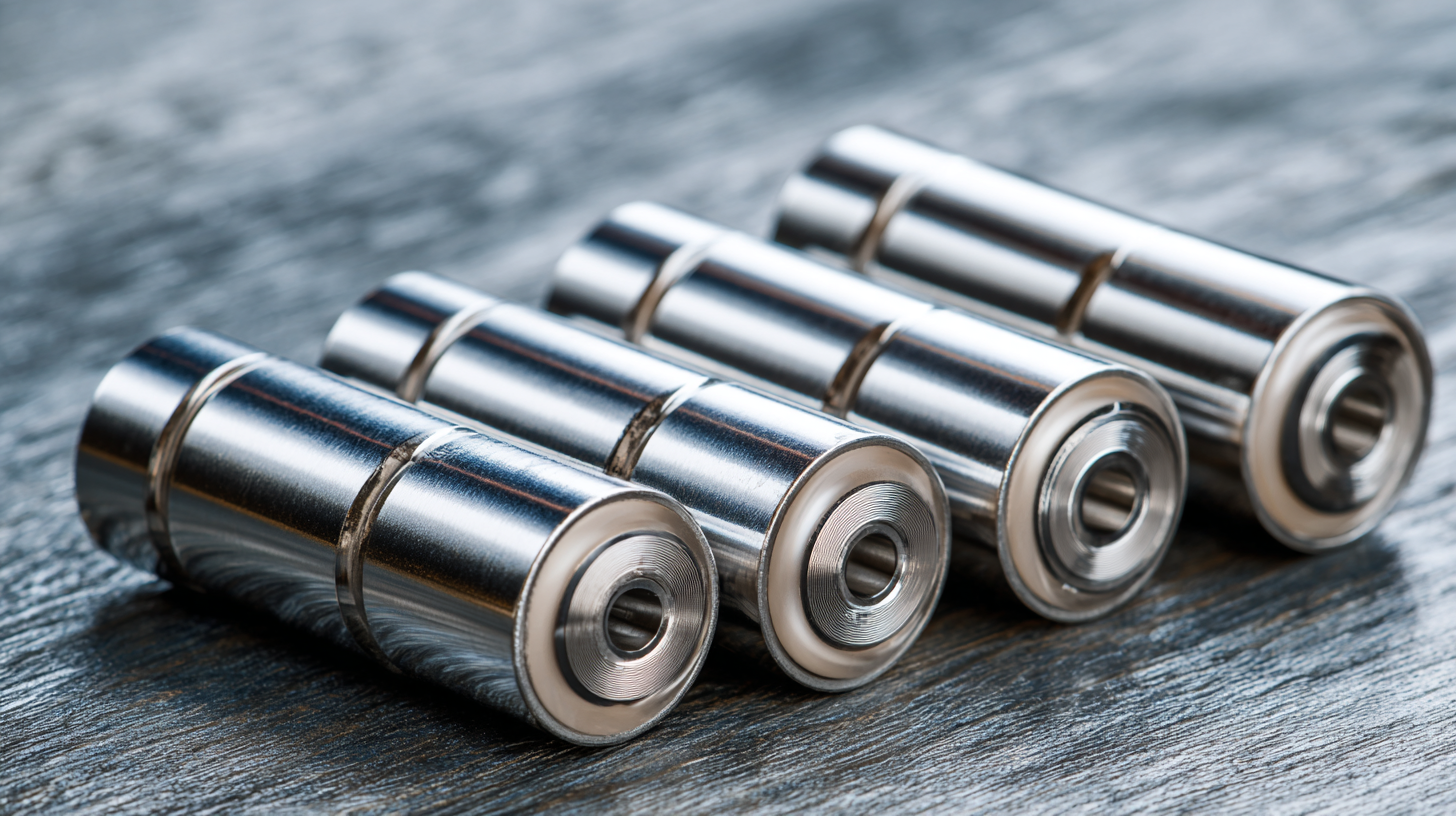
Design considerations also significantly impact the performance and lifespan of ball bearing rollers. Features such as shielded or sealed designs can protect bearings from contaminants, thereby enhancing their durability. Additionally, the configuration of the ball bearing—whether it is single row or double row—can affect load distribution and stability under stress. It is essential to match the design intricacies with the specific application requirements to reduce wear and ensure optimal functionality throughout the product's lifespan.
Related Posts
-

Understanding the Basics of Ball Bearing Selection for Optimal Performance
-
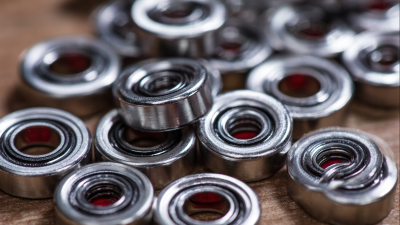
How to Choose the Right Small Ball Bearings for Your Project
-

What are the Key Benefits of Using Steel Ball Bearings in Modern Machinery?
-

Stainless Steel Ball Bearings vs. Plastic Bearings: A Comprehensive Performance Comparison
-
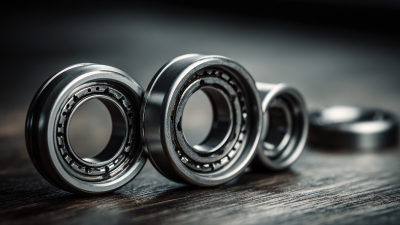
Unlocking the Details of Best Bearing Supplies with Key Technical Parameters for Global Buyers
-
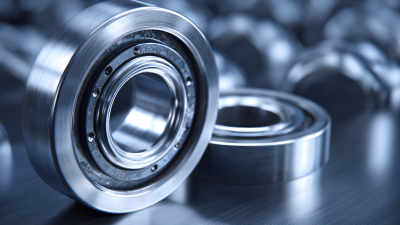
Understanding the Unique Advantages of Flanged Bearings for Global Procurement